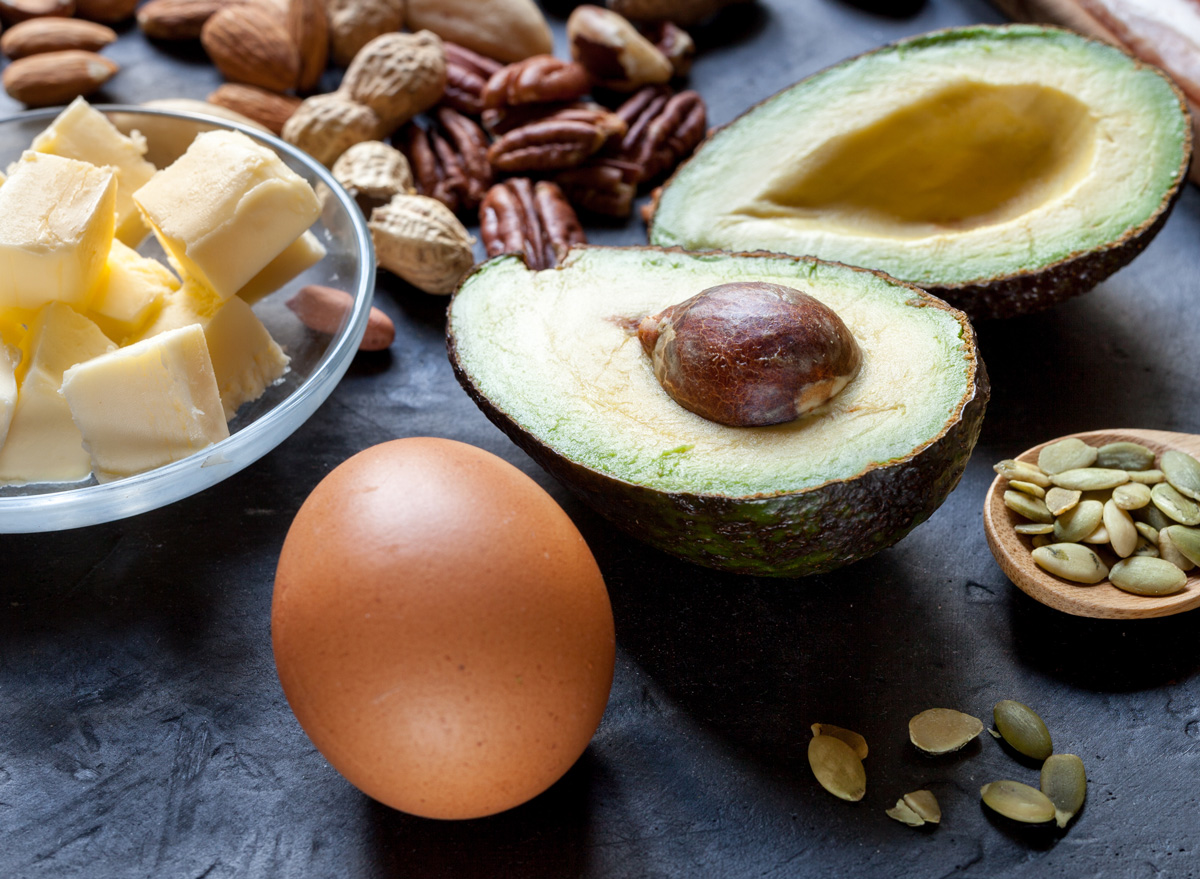The Skinny on Fat
Nutrition • 23rd Feb, 22 • Comment

Let's jump right in:
You can limit your diet to only foods that are high in fat and not gain body fat (or you could even lose body fat). You can remove fat from your diet all together and still increase body fat.
Don't do either of these; it just isn't healthy. The statement above is meant to shed some light on the direct role of fat in diet.
Fats, more specifically good fats, play a necessary role in a healthy diet. Fat is a macronutrient needed by the body, the absence of which can contribute to poorer health.
So, what do you need to know?
1. Fat is not destined to become fat:
Consumed fat does not directly convert to stored fat any more than consuming lean beef directly converts to muscle. Each macronutrient consumed (carbs, fat, protein) is converted to usable energy. Unused energy will be converted to stored fat. The process of energy conversion is complex, but the key point to understand is that fat is not destined to become body fat. Fat can ultimately be stored as body fat, as can carbs …and yes, even protein can become fat.
2. Fat is very energetic:
One carbohydrate gram yields 4 Calories. One gram of protein yields 4 Calories. One gram of fat yields 8.5 Calories. Fat is energetic. What does this mean in terms of diet? It means that it can be very easy to consume more Calories than you need if fat is a considerable part of your diet. (Read more on What is a Calorie, anyway?)
Consider this:
You make a salad for lunch. It seems healthy enough …certainly worse choices out there. You top that salad with ranch dressing. 2oz of Ranch Dressing contains 30 grams of fat, 4 grams of carbs and 0.6 grams of protein; a net 255 Calories from fat.
You could have skipped the ranch and topped that salad with one and a half cups of grilled chicken breast; 86 grams of fill-you-up power packed with 27.6 grams of protein, and you would only have added 145 Calories to the meal.
3. Not all fats are created equal:
For that matter, not all fats are created …. at all. Created fats; trans fats (often listed as partially hydrogenated oils) fall in the “bad fat” category. The fats that make up a large part of the American diet are saturated fats. These are fats found primarily in Dairy, red meat, and pre baked commercial products. The good fats, unsaturated fats, are found in fish, vegetables, nuts and seeds. How do you know which type of fat you are cooking with? Good fats are liquid at room temperature. Read more on saturated, and poly and mono-unsaturated fats.
4. Fats serve a purpose:
Your body needs some fat -the good fats- in order to function. Fat is how our bodies absorb some vitamins (A,D,E and K). Fat, as mentioned above, is energetic. Fat is also a component of cellular membrane construction.
The 2015-2020 Dietary Guidelines for Americans offers the following recommendations about dietary fat intake:
- Avoid trans fat.
- Limit saturated fat to less than 10 percent of calories a day.
- Replace saturated fat with healthier monounsaturated and polyunsaturated fats.